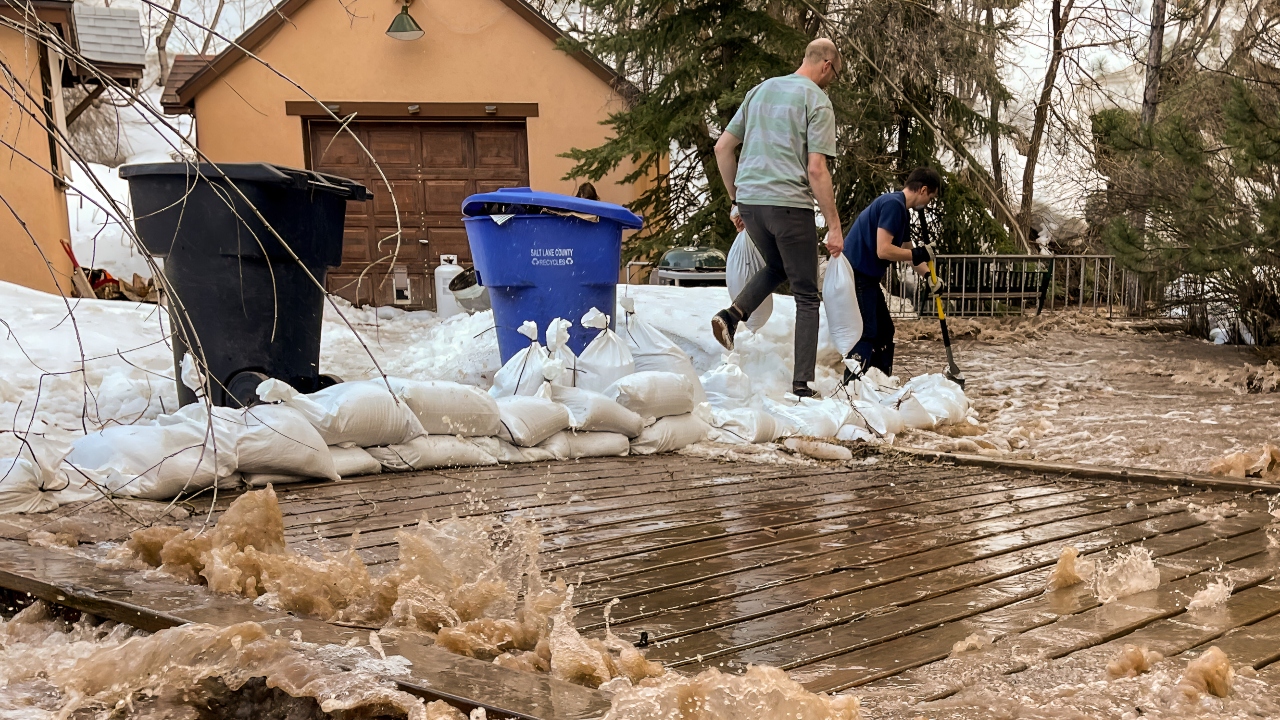
Salt Lake City recorded 4.16 inches of rain by October 14, 2025, demolishing the 44-year-old October precipitation record of 3.91 inches set in 1981. The unprecedented deluge—fueled by remnants of Hurricane Priscilla colliding with Pacific moisture systems—inundated Utah’s desert landscape and triggered flash-flood warnings across canyons, exposing a stark climate paradox: the nation’s driest regions now grappling with sudden, catastrophic downpours.
Atmospheric Rivers Converge Over Desert Terrain
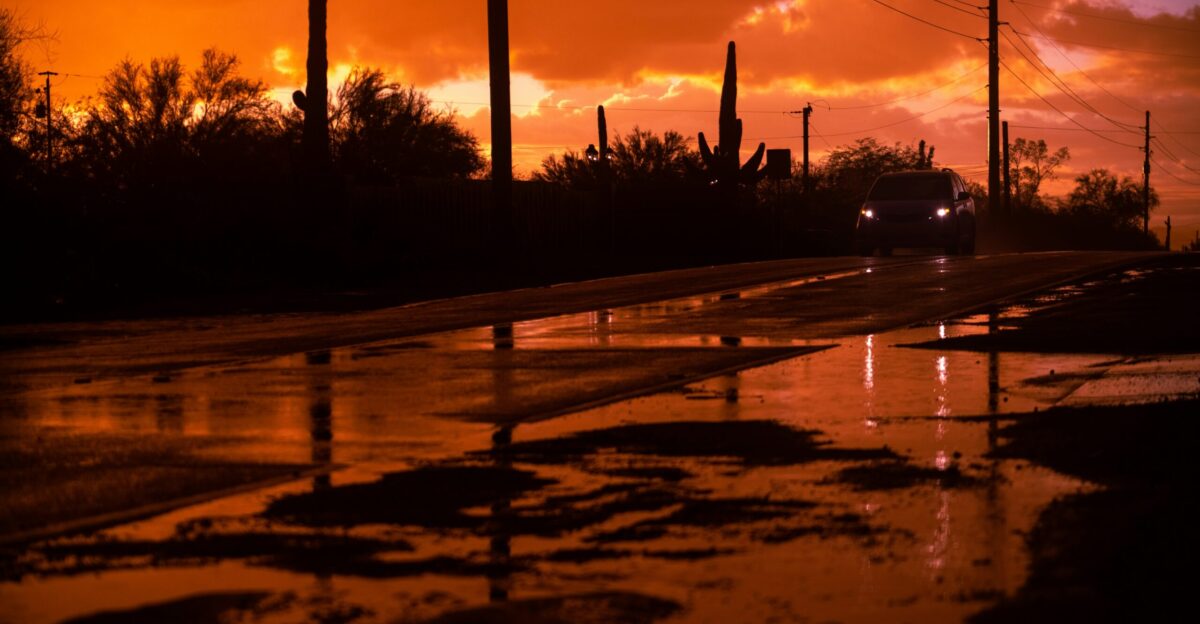
Meteorologists attribute the extreme rainfall to a rare atmospheric convergence. Moisture from Tropical Storm Priscilla merged with a Pacific atmospheric river and cold fronts, producing what the National Weather Service calls “the wettest October since records began in 1874”. On October 4 alone, Salt Lake City received 2.43 inches of rain—far above the monthly average of 1.26 inches—foreshadowing the month’s relentless onslaught. “The reason for this unusual weather pattern is a stream of subtropical moisture that has been drawn up from the west coast of Mexico,” explained Darren Van Cleave from NWS Salt Lake City.
Overwhelmed Infrastructure Floods Historic Neighborhoods
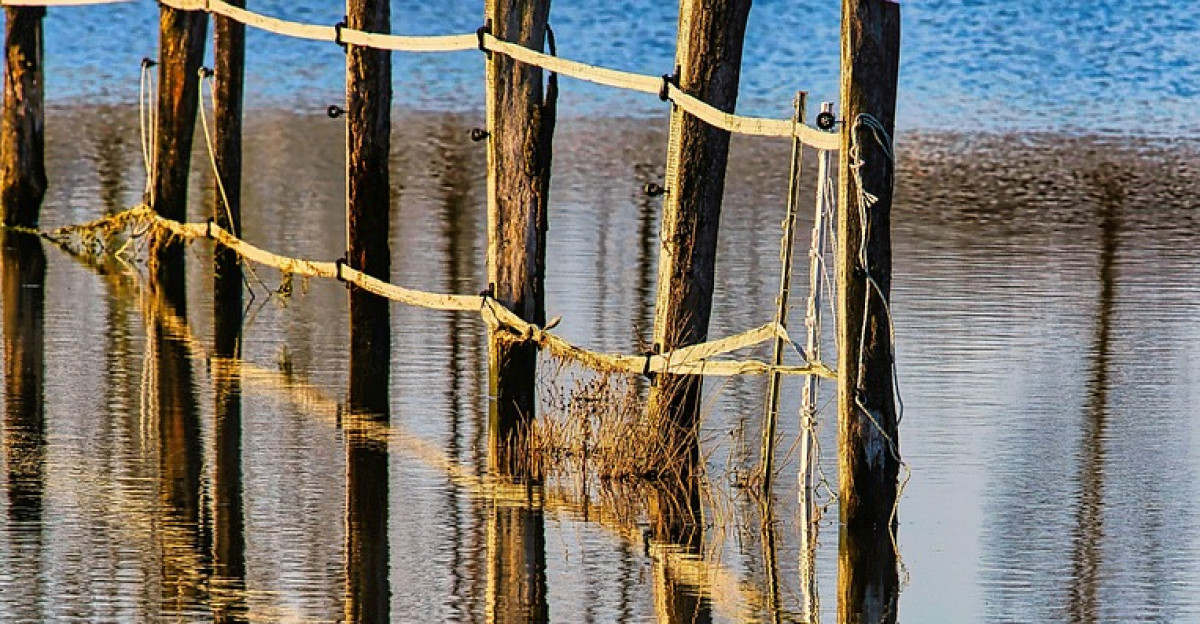
Historic rains overwhelmed drainage systems in Salt Lake’s Rose Park, flooding dozens of homes in early October. Resident Hanh Ly returned from vacation to find water “all the way to our knees and all our childhood memories – everything’s gone”. Her devastation echoes across a vulnerable landscape: a recent analysis finds nearly 5% of Salt Lake Valley homes—worth approximately $9 billion—lie in severe flood zones. Salt Lake County’s flood infrastructure, designed for 1.26 inches of October rain, simply buckled. Four of the county’s five large pumps ran nonstop, yet flood-control officials warned that despite the pumps working “as fast as they can moving that water through the system,” it remained “very difficult for local storm drains to drain”.
Government Response and Policy Reckoning
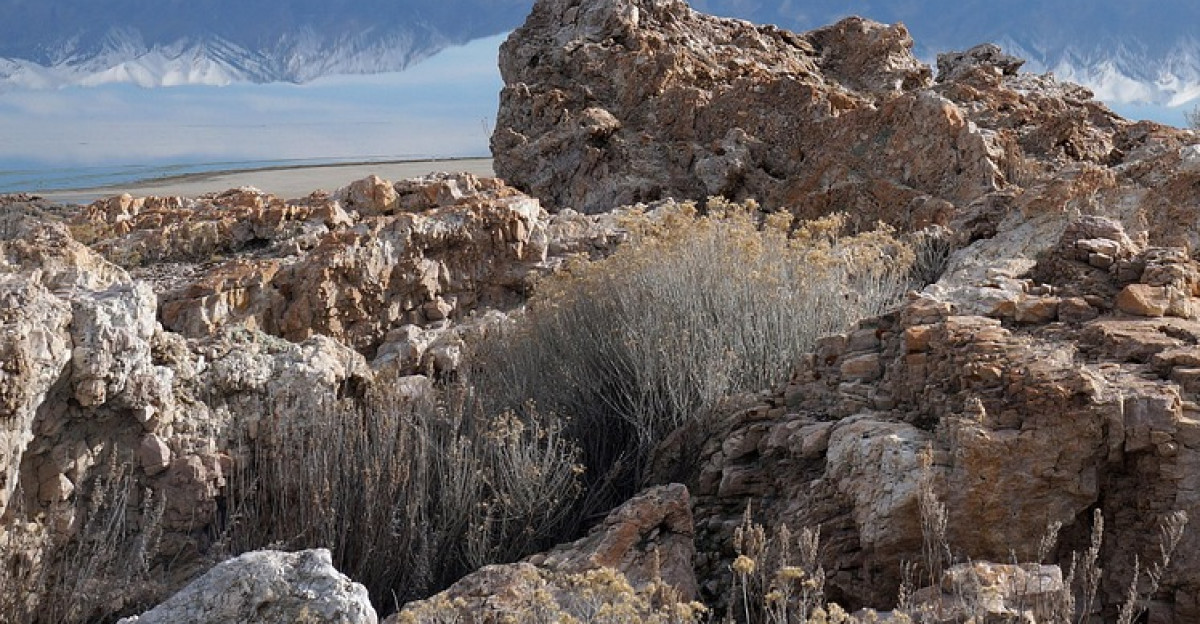
City and state officials swiftly declared emergencies, with Mayor Erin Mendenhall issuing a 30-day local disaster declaration on October 6. This dramatic shift came months after Governor Spencer Cox’s April 2025 drought emergency—a whiplash transformation for a state caught between extremes. Across Utah, crews raced to sandbag vulnerable areas as communities from Moab to Washington County established 24/7 fill sites.
The flood-drought shock reignited water policy debates. Only approximately 35% of Utah cities have outdoor watering restrictions despite the Great Salt Lake’s historic lows. Tage Flint, director of Utah Water Ways, argues for aggressive new limits: “So much of our water is still used outdoors…It’s where we can actually make a difference”. In response, the legislature passed HB274, enabling tiered pricing structures to reward conservation.
Economic Ripples and Regional Patterns
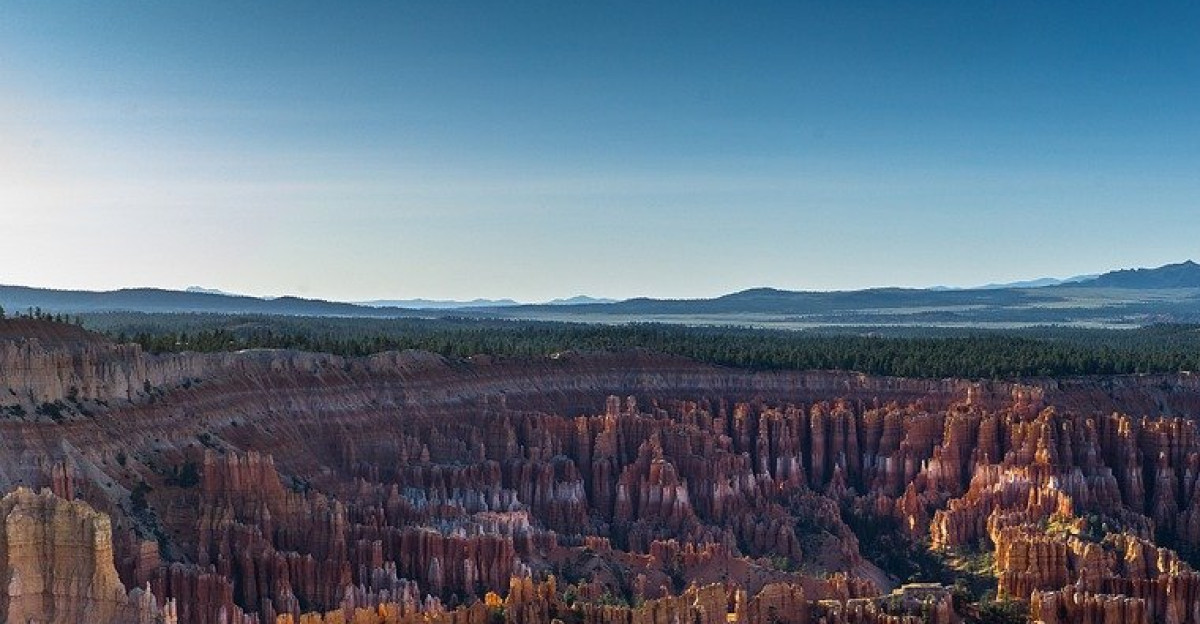
The downpour’s costs will cascade through Utah’s economy. Utah’s average flood premium of $644 per year sits below the national average of $899, but rates will likely climb as insurers recalculate risk. The storms were part of a broader regional pattern affecting the arid West. Colorado Governor Jared Polis reported initial flood damage in southwestern Colorado topped $1 million, prompting a verbal disaster declaration. These simultaneous events underscore that climate-driven downpours are spreading across desert landscapes historically unprepared for such deluges.
Climate Reality: Extremes as the New Normal
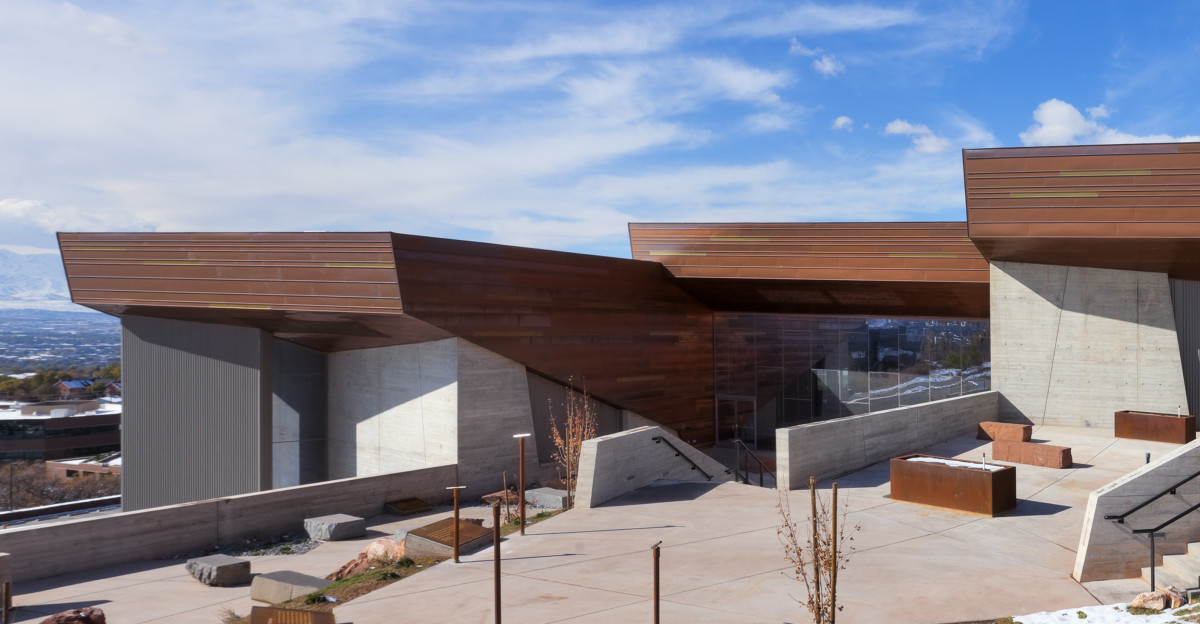
Climatologists note the October rains fit a troubling pattern. Researchers at the Utah Natural History Museum confirm that “rising temperatures are causing both drought and more intense rainstorms” in Utah. Scientist Rong Fu warns that by mid-century, “around half of droughts may not have a precipitation deficit at all”—meaning extreme heat alone could drive water scarcity even with normal rainfall. The October storms gave a minor environmental reprieve: Utah’s mountain soil moisture jumped approximately 11 percentage points above normal, potentially enhancing spring snowmelt. Yet forecasters expect more rain through month’s end, with Salt Lake City potentially exceeding 5 inches—cementing October 2025 among the wettest months ever recorded.
The floods also exposed stark inequalities. State data show 97% of Utah residents lack flood insurance, leaving many unable to afford repairs without aid. Hanh Ly’s words capture the human toll: “We lost everything. I don’t know what we’re going to do now”. Within days, the narrative shifted dramatically: parts of the Wasatch Front fell out of drought for the first time since July, with statewide extreme drought plummeting from 18% in August to just 6% by mid-October. This shock underscores Utah’s new reality—a state that must now prepare simultaneously for megadroughts and megastorms, where climate change delivers both parched soils and overwhelming floods.